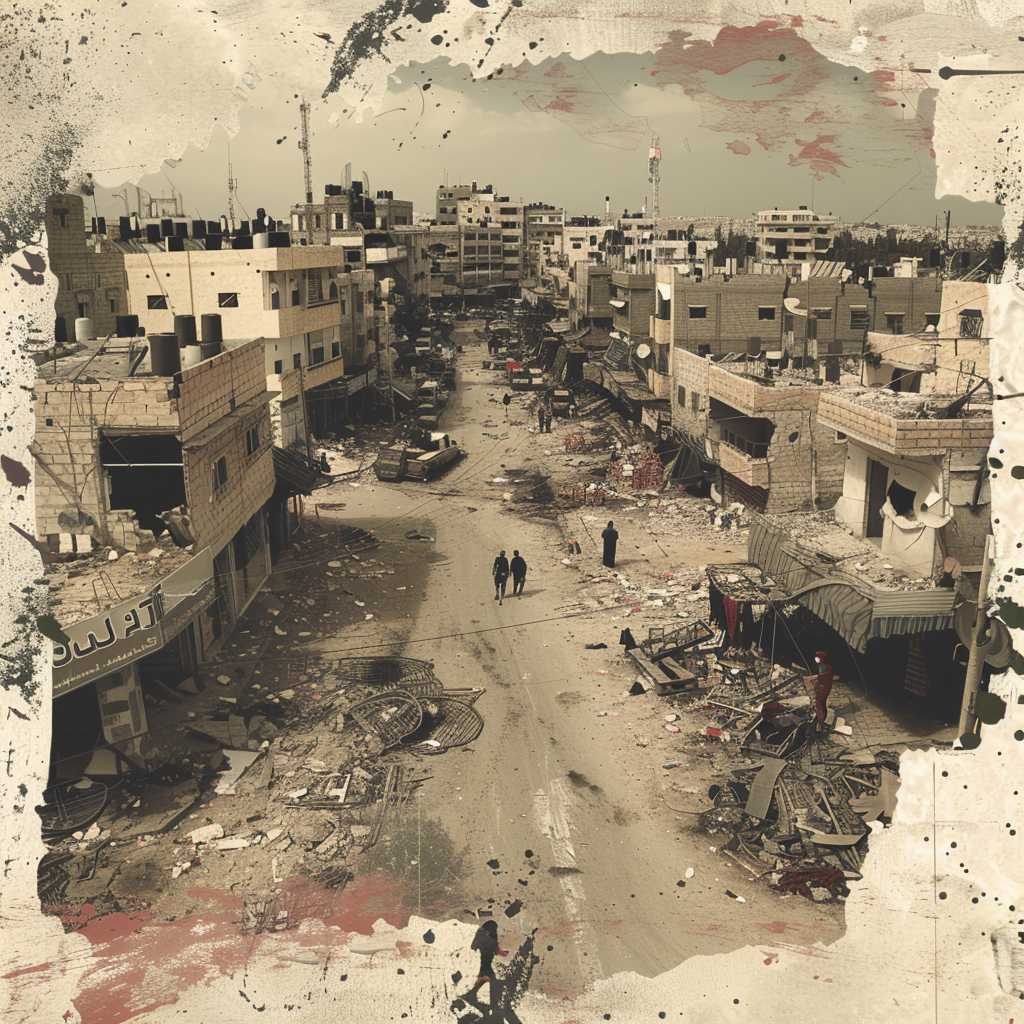## The Gaza Strip: A Glimpse into its Complexities and Humanitarian Situation
The Gaza Strip, a region of significant historical, political, and strategic significance in the Middle East, continues to be at the crux of humanitarian concerns and political disputes. This article aims to provide a comprehensive overview of Gaza, touching upon its geographical significance, historical background, contemporary political situation, the humanitarian crisis, and the ongoing diplomatic efforts for peace.
Geographical and Historical Significance of Gaza
Gaza Strip is a coastal region on the eastern shore of the Mediterranean Sea that borders Egypt on the southwest and Israel on the east and north. Geographically, Gaza has served as a critical crossroads between Africa and Asia due to its pivotal location.
Historically, it has been a point of contention and cultural fusion for millennia. The territory’s rich history is embroidered with tales of ancient civilizations such as the Philistines, Egyptians, Persians, Romans, Byzantines, Arabs, Ottomans, and eventually the British under the Mandate for Palestine.
Post World War II, Israel’s establishment in 1948 changed the geopolitical landscape. The 1948 Arab-Israeli War led to an Egyptian occupation of Gaza until the Six-Day War in 1967, when Israel seized control. The Oslo Accords in 1993 laid out a path towards self-governance but left the status of Gaza unresolved.
Political Landscape and Conflicts
The political situation in Gaza cannot be presented without considering Hamas, a Palestinian Sunni-Islamic fundamentalist organization which took over the administration of Gaza in 2007. This takeover led to separate governance from the Fatah-led Palestinian Authority ruling parts of the West Bank. The split contributed significantly to the internal Palestinian division.
Conflicts have repeatedly erupted between Israel and Hamas. The recent confrontations were partly fueled by broader conflicts over territory and recognition and perceived provocations from both sides. These clashes have resulted in extensive loss of life and property.
The Humanitarian Crisis in Gaza
Gaza’s humanitarian crisis continues to deteriorate due to various factors exacerbated by recurring rounds of hostilities. Its population faces severe water shortages, electricity outages lasting up to 20 hours a day, limited healthcare facilities, and mass unemployment.
Restricted movement due to blockades has resulted in limited entry of goods and medical supplies. Over 50% of Gaza’s population currently lives under the poverty line with limited access to basic needs. Furthermore, damages from conflicts have displaced thousands of Gazans, making overcrowded living conditions even worse.
International Aid and Reconstruction Efforts
Various international organizations strive to improve conditions in Gaza through humanitarian aid and reconstruction efforts. This includes funding for schools, medical facilities, water sanitation projects, and rebuilding infrastructure damaged or destroyed during conflicts.
Some progress has been seen through these efforts. Nevertheless, with each round of conflict, there’s recurrent destruction that overshadows reconstruction accomplishments.
Diplomatic Efforts and Peace Initiatives
Diplomacy plays a fundamental role in mediating peace possibilities between Hamas and Israel, often with Egypt or Qatar acting as key intermediaries. Despite multiple attempts at ceasefires over the years, a long-standing peace settlement remains elusive due to deep-seated mistrust and inflexible positions on both sides.
lobal powers like the UN continue urging for a resumption of peace talks with emphasis on a two-state solution as proposed under international law.
